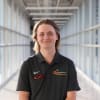This project is now in update mode. Check back regularly to see how things are progressing.
Cyclone Rocketry 2025
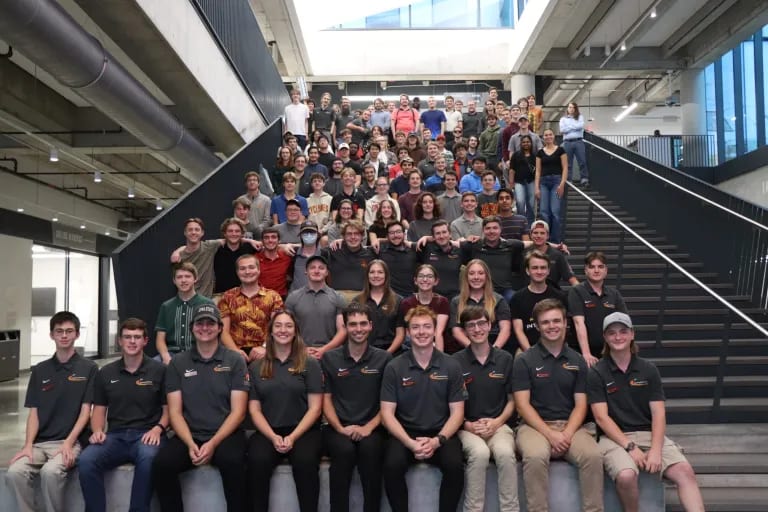
Cyclone Rocketry's 2024-2025 Team
Who We Are
Cyclone Rocketry is Iowa State’s high-powered rocketry team, a multidisciplinary group that competes in the International Rocket Engineering Competition (IREC), formerly known as the Spaceport America Cup (SAC), the world’s largest intercollegiate rocket engineering competition.
This year, for the first time, we are also aiming to compete in the Argonia Cup, a two-stage high-altitude competition, expanding our participation and showcasing our team’s versatility and expertise.
Our mission is to educate, challenge, and inspire Iowa State students, community members, and future generations about rocketry, science, engineering, and space.
Through rocket design, manufacture, testing, and flight, Cyclone Rocketry provides valuable hands-on exposure to rocket engineering, an invaluable opportunity to gain experience outside the classroom in this engineering field. Team members participate in all the key steps of a complete engineering project, providing practical knowledge, fostering leadership development, and building modern communication skills.
Click here to visit our website!
Click here to view our Youtube channel!
Click here to visit our Instagram!
History
The team was founded in the fall of 2017 with the goal of competing in SAC 2018. Within our short history, the team has been awarded the Iowa State Newcomer Club of the Year and Outstanding Achievement awards by the university.
Each year, we research, design, manufacture, test, and fly a new competition rocket. Cyclone Rocketry launched Invictus at SAC 2018 and Nova Somnium at SAC 2019. Unfortunately, the competition was canceled in 2020 and 2021 due to the pandemic. However, Cyclone Rocketry completed and flew Ortu Solis in 2020 and Renegade in 2021. The year 2022 marked the return of Cyclone Rocketry to the Spaceport America Cup with Imperator, which also featured Cyclone Rocketry's first student-developed rocket motor for competition. In 2023, Intrepid experienced a shred at roughly 3,000 ft above ground level. Last year, Vesta experienced instability during flight and unfortunately did not reach 30,000 ft. Our team has taken this failure as a learning opportunity and has not let it hinder our drive or passion for rocketry. This year, we are building a test vehicle, Helios, with the goal of reaching 30,000 ft to validate key design improvements, demonstrate our high-level design changes, and ensure the success of the subsystems flying on our competition rocket, Selene. Our IREC 2025 competition rocket, Selene, represents Cyclone Rocketry's first-ever flight with a student-researched and developed hybrid rocket motor, a groundbreaking milestone as we aim for 10,000 feet.

Nova Somnium taking off at the 2019 Spaceport America Cup
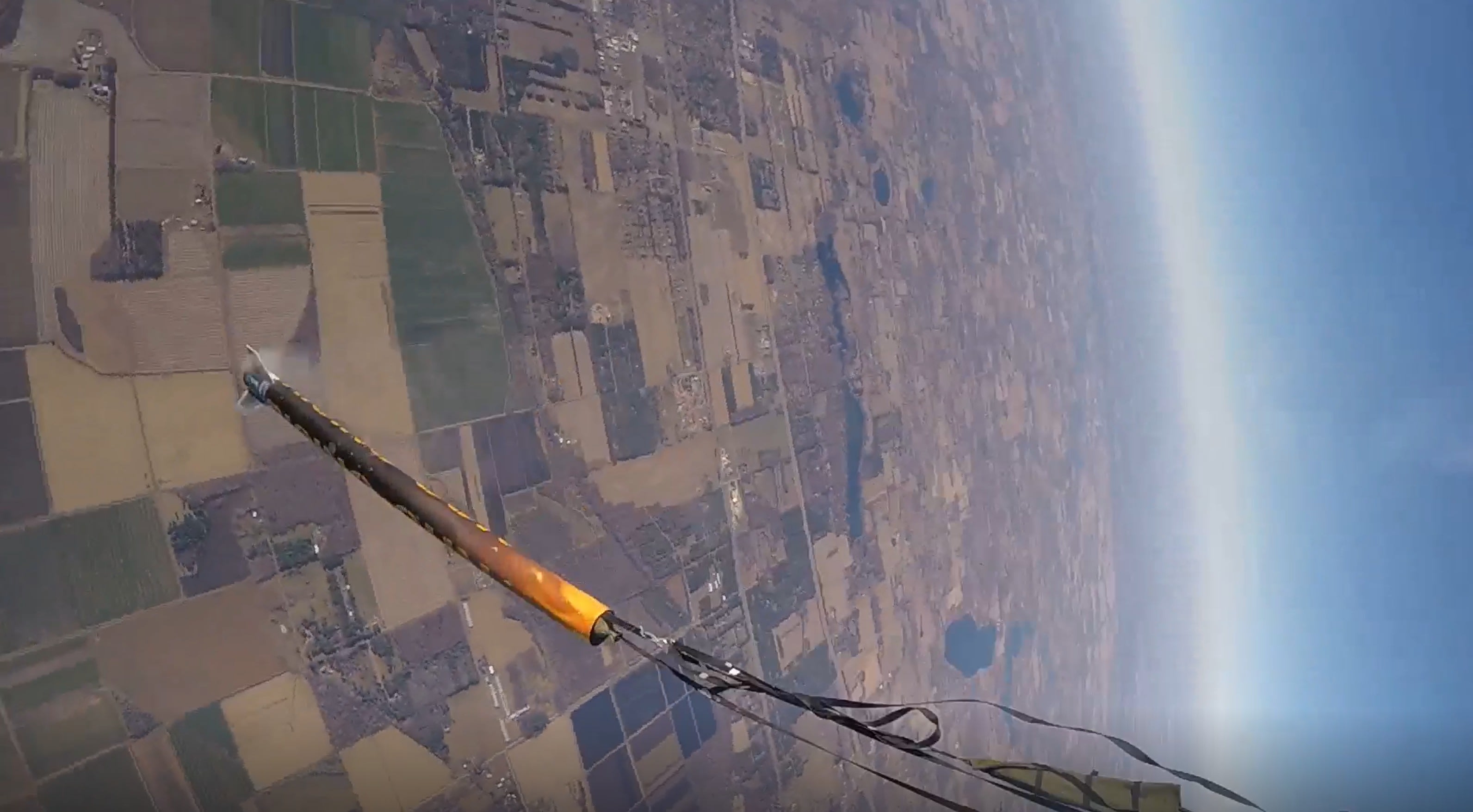
Ortu Solis thousands of feet in the air above North Branch, MN shortly after apogee
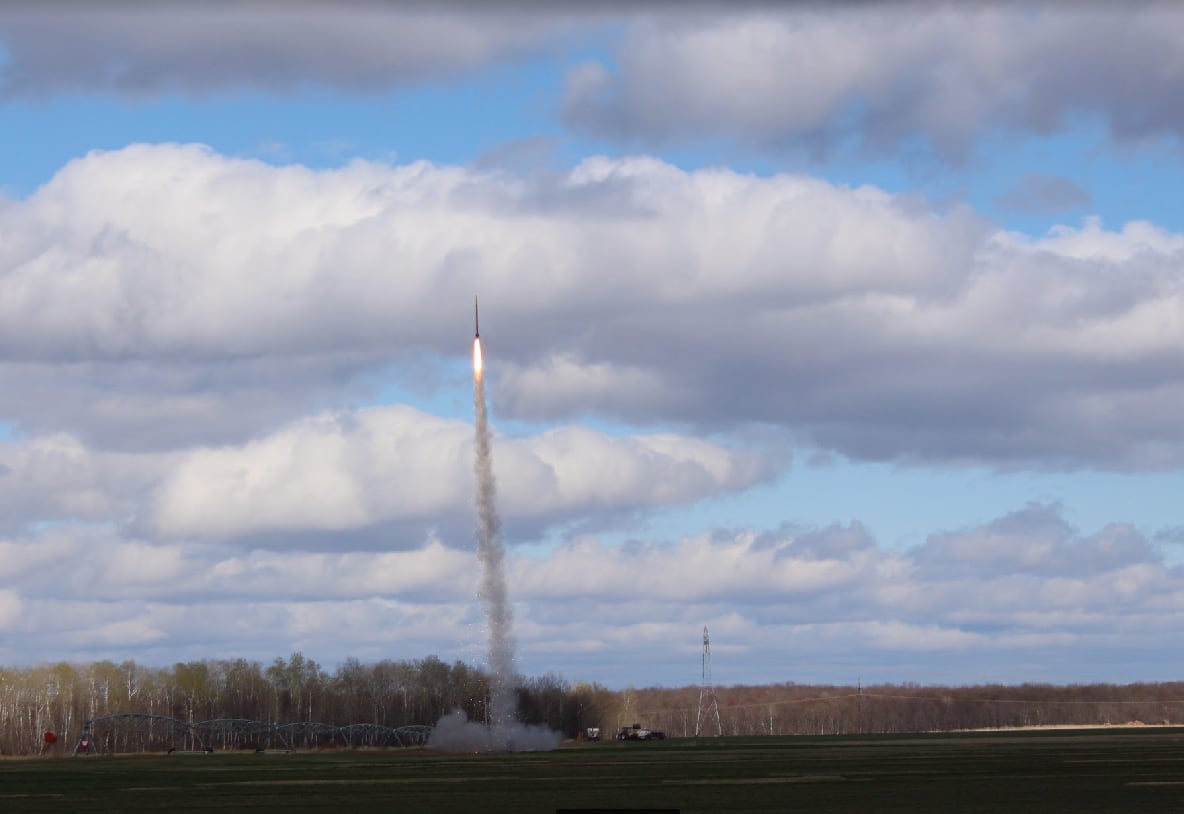 Renegade lifting off at North Branch, MN in 2021
Renegade lifting off at North Branch, MN in 2021
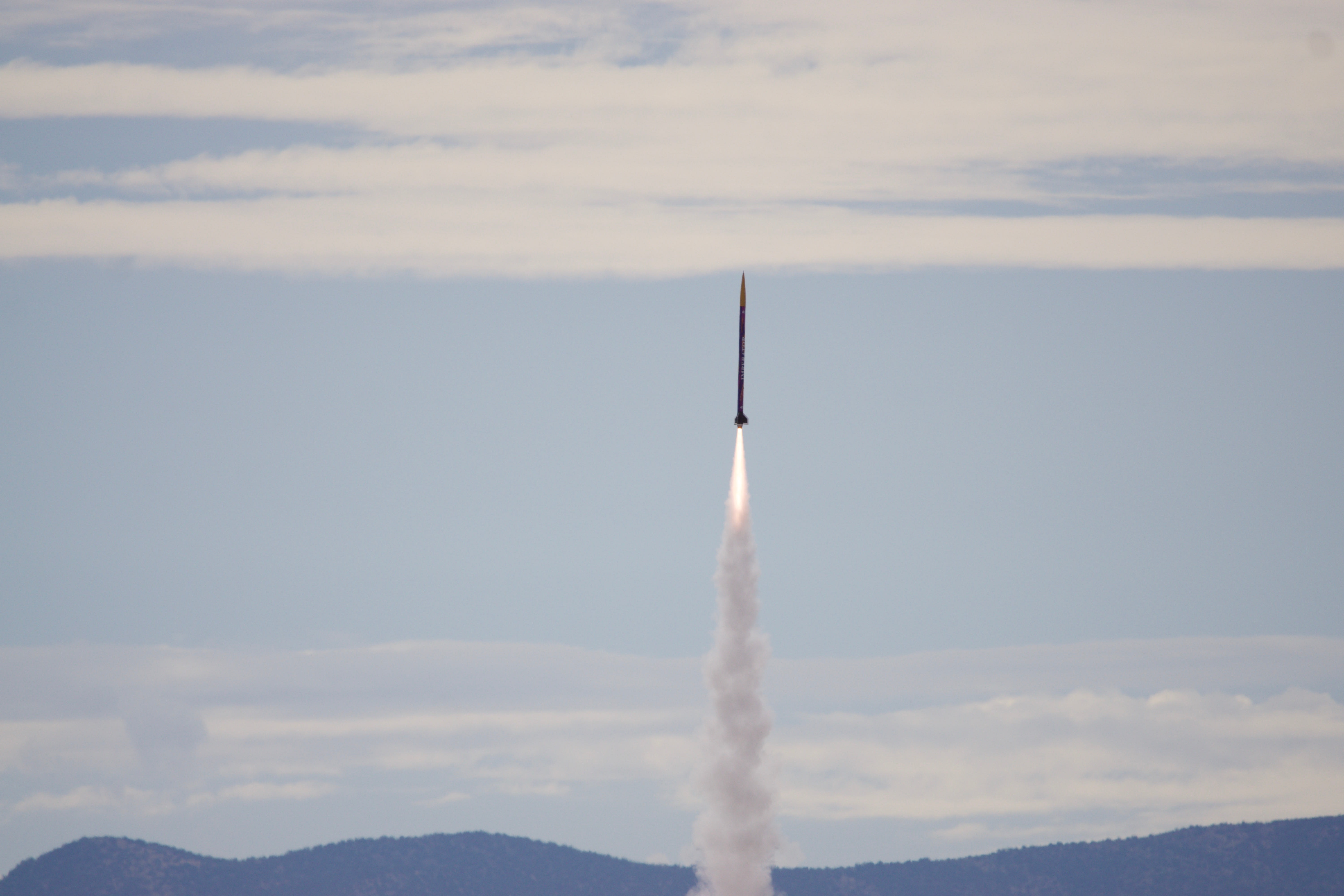
Imperator just after liftoff at the Spaceport America Cup in 2022
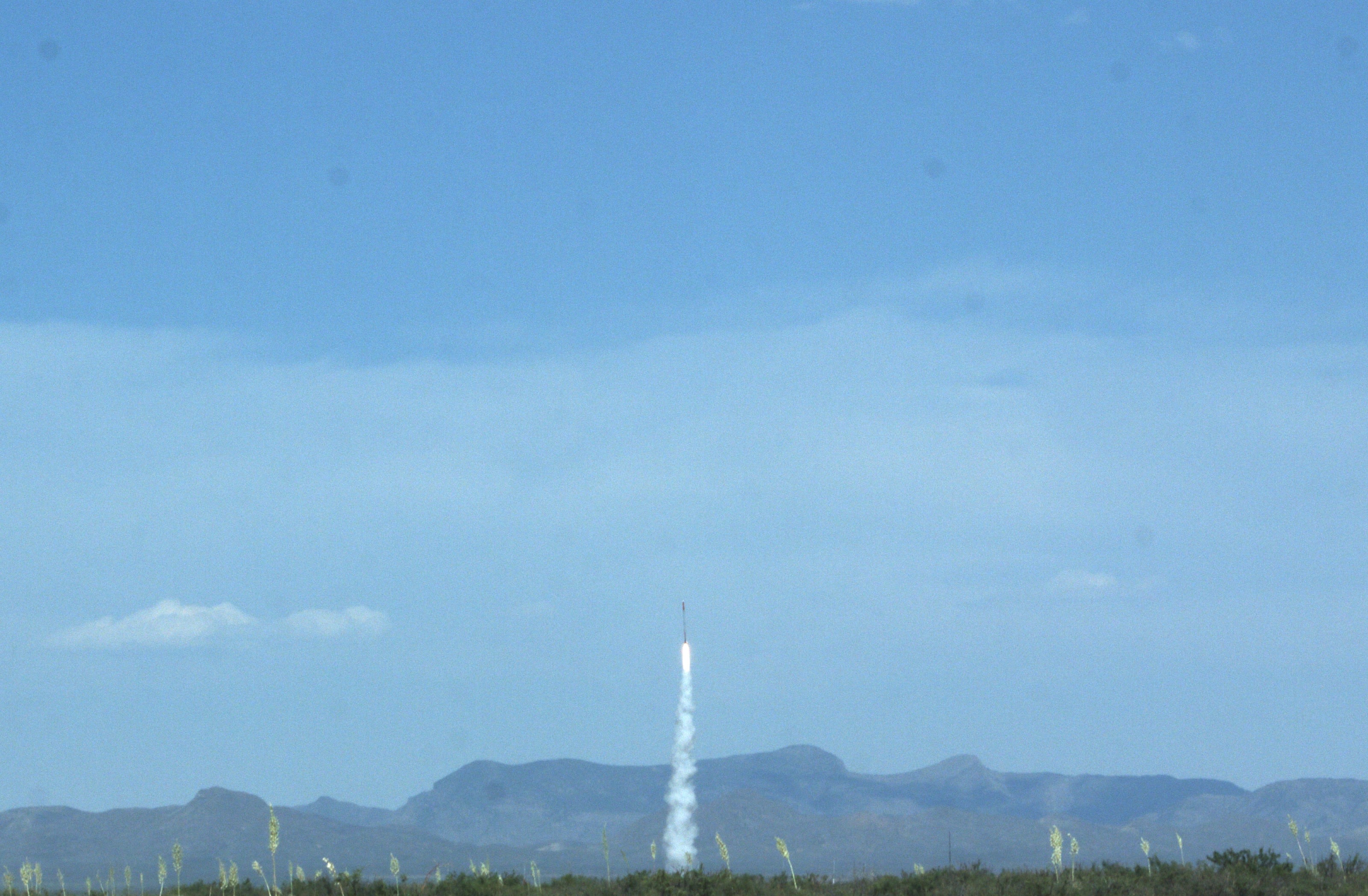
Intrepid after liftoff at Spaceport America Cup in 2023
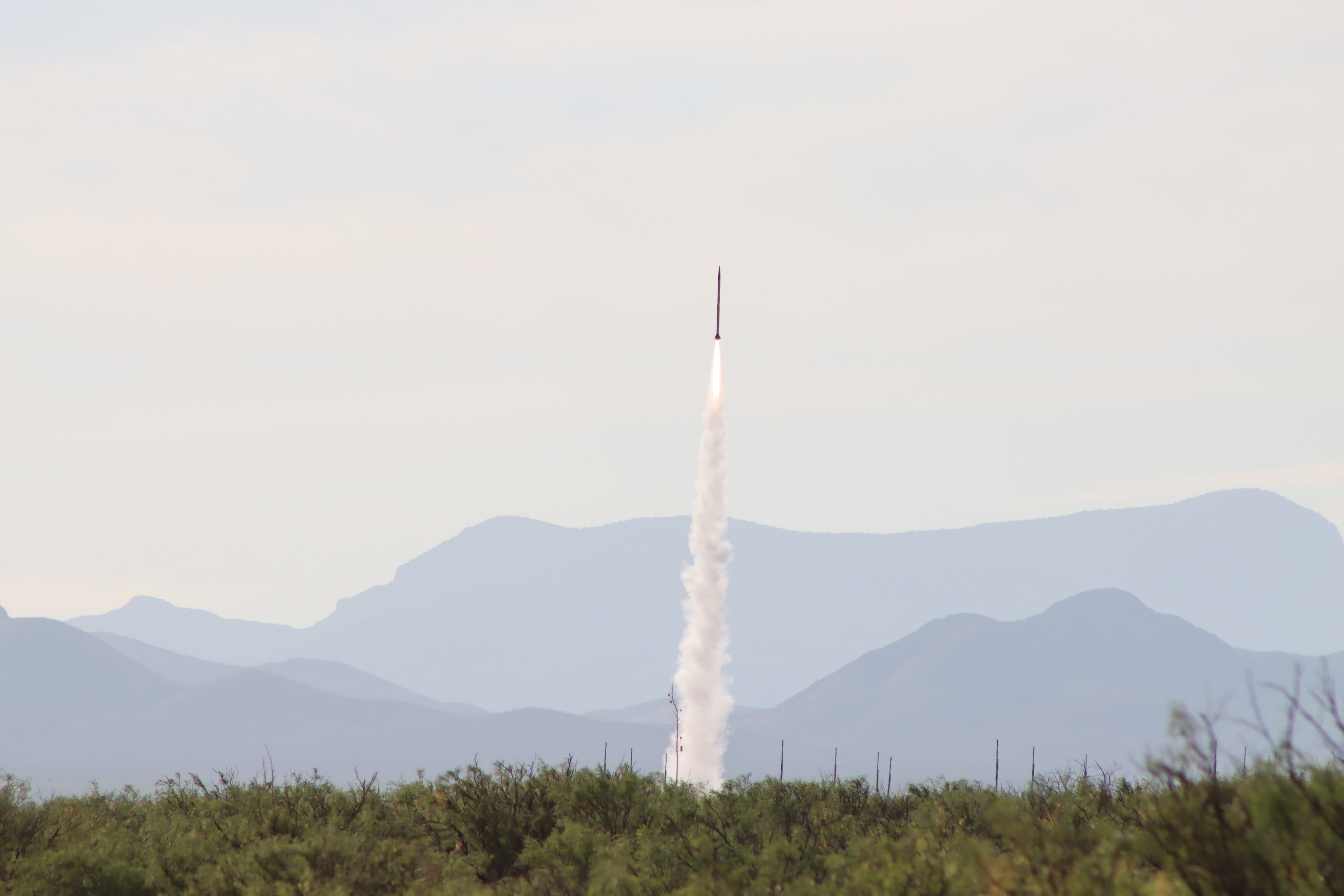
Vesta after liftoff at Spaceport America Cup in 2024
Selene
 CAD design of Selene
CAD design of Selene
The mission of Selene is to fly to an apogee of 10,000 ft above ground level. The scoring at IREC 2025 will largely depend on our altitude accuracy and our ability to successfully recover the vehicle and its club-designed payload. Here are some technical details of this year's competition rocket.
- Height: 11.75'
- Airframe diameter: 5''
- Vehicle weight on the pad: 67 lb
- Maximum acceleration: 8.2 G
- Maximum velocity: 820 fps / .73 Mach

Test Platform launch testing multiple rocket subsystems
Selene is being built using a variety of student researched and designed (SRAD) technologies, which enable more customized rocketry hardware while providing our members valuable design and manufacturing experience.
- Aerostructures: The airframe of the rocket consists of body tubes, nosecone, couplers, and fins. All components are made primarily of carbon fiber, with the exception of the fiberglass nosecone. The couplers and nosecone are produced with a female-mold vacuum bag technique. This year, we are utilizing our X-Winder machine and vacuum bagging to produce body tubes with composite filament winding technology. The fins are secured to the body with a tip-to-tip layup.
- Avionics: The purpose of our SRAD avionics boards is to control the airbrakes in flight and log flight data. Both the physical boards and the flight software are student-made and read pressure and acceleration data to determine airbrake actuation. This year, we are using a multi-board design, where we have three sensor hubs independent from each other. Each hub is in charge of collecting the sensor data and sending it to our controller boards, which interface with the airbrakes. Our avionics data will be recorded locally and sent through our payload for in-flight telemetry. Avionics has also been working with the recovery team on a reefing device that allows one parachute to act as both a drogue and main parachute.
- Mechanical: Our objective at the IREC competition this year is to achieve an apogee of exactly 10,000 ft. Because it is hard to predict exactly how high a rocket will go based on the motor alone, we will purposely over-power our motor and use a variable drag system to lower our apogee. This variable drag system is called airbrakes and is currently being designed and manufactured by the mechanical subteam. This year, we are making significant design changes to this mechanism so that the drag surfaces will not interfere with airflow over our fins. Besides the airbrakes and manufacturing other metal parts of the rocket, the mechanical subteam is iterating on and manufacturing a piston ejection system to eject the parachute with minimal black powder at high altitudes.
- Payload: Each year a cubesat payload is launched with the rocket. This year, the payload will test the survivability of corn saplings within various suspension fluids. Since it is difficult to grow plants in zero gravity environments, sending saplings could be an easier way of extending the duration of spaceflight. However, corn saplings are very fragile and rarely survive the G forces experienced during a rocket launch. Using suspension fluids, we are hoping to increase the survival rate of these plants. We are also incorporating a radio transmitter to interface with the data collected by the Avionics team to transmit live telemetry back to the ground.
- Propulsion: This year, propulsion is developing an M1509 SRAD hybrid motor for competition at IREC. The motor will have a total impulse of 8804 N/s, a length of 60 inches, and uses a mixture of N2O and HTPB. Pending a successful test fire in early 2025, this motor will take Selene up to a targeted apogee of 10,000 ft AGL!
- Recovery: The parachutes control vertical velocity while the rocket descends. This year, the recovery team is manufacturing an annular parachute, which is an upgrade from the cruciform geometry of previous years. The recovery team is working with the avionics team to integrate the reefing system into the parachute.
In addition to Helios, our 30k test vehicle, we’ve expanded our testing capabilities by restoring and reflying past test vehicles. These tests allow us to evaluate individual subsystems and ensure both Helios and Selene are set up for successful flights.
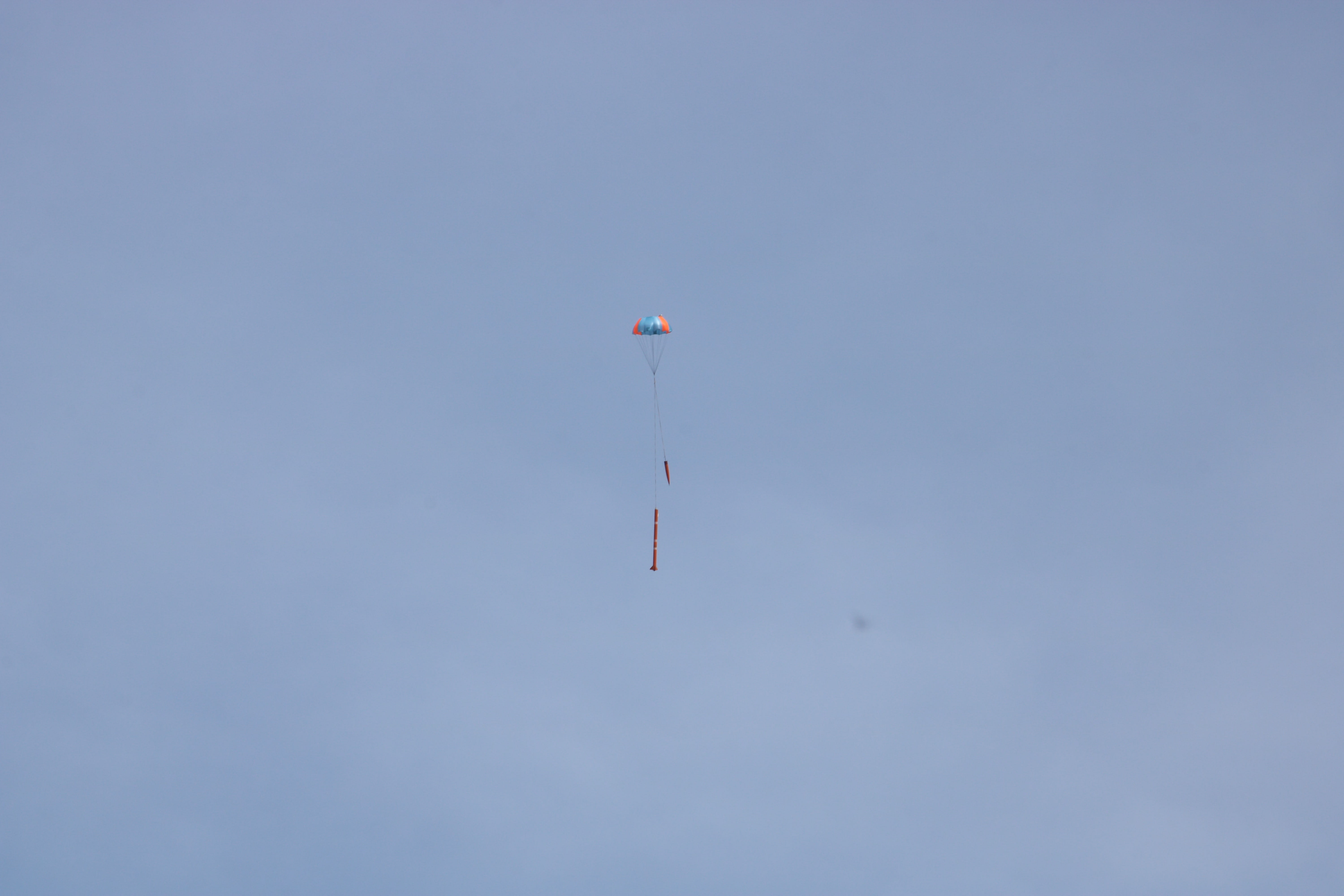
Test vehicle after a successful test of the parachute reefing system
Support Cyclone Rocketry
Cyclone Rocketry offers exceptional learning opportunities to its members. We are now in the manufacturing phase of the project, which involves purchasing all components necessary to make Selene a reality. We require support from generous donors to achieve our mission. Donations from this fundraiser will also support Cyclone Rocketry's return to IREC, which will be June 9-14th, with the location currently pending. Please read the benefits associated with the donation levels on the right side of this page. We are extremely grateful for your support!
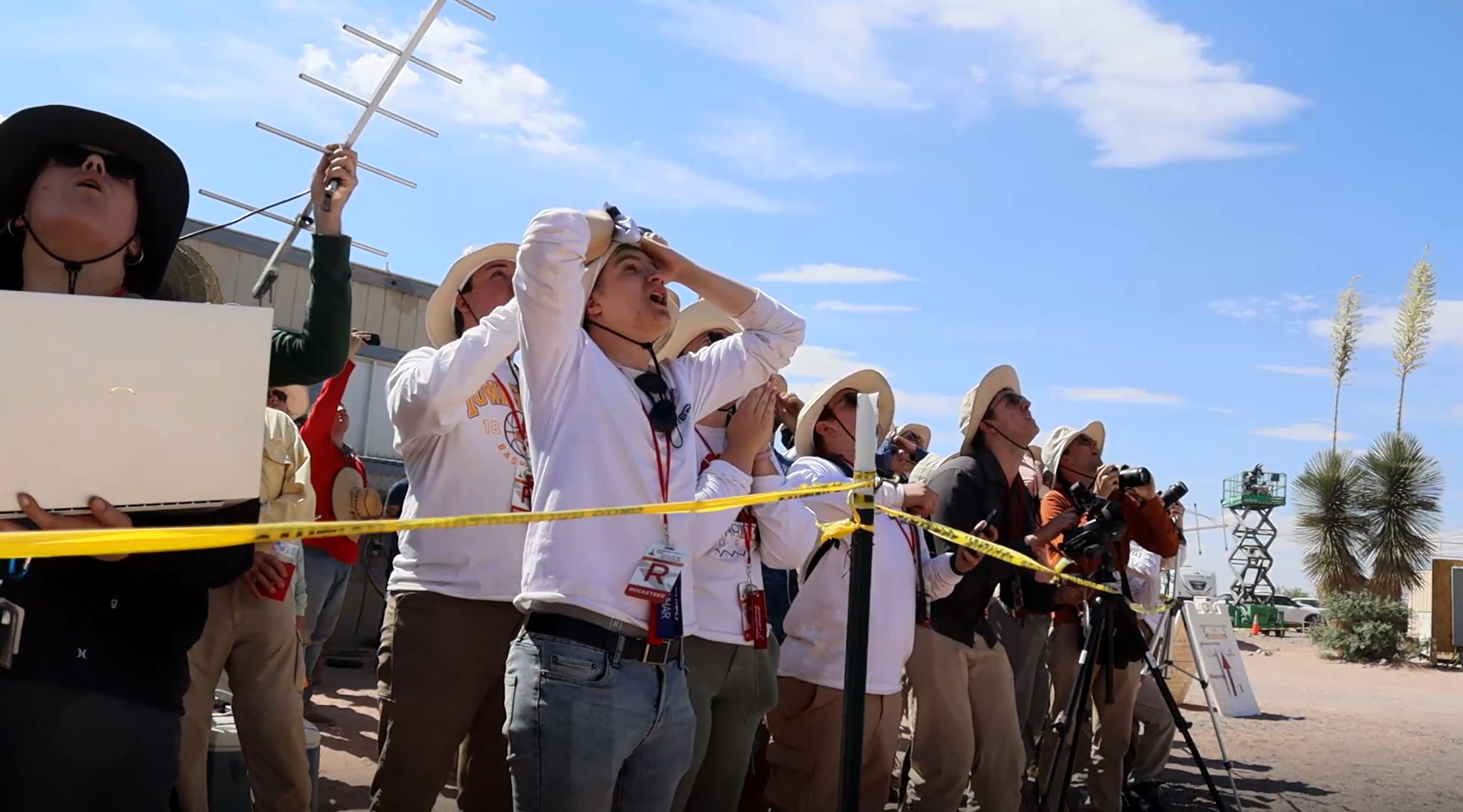
Team members watching Intrepid's launch at the 2023 Spaceport America Cup



